- No products in the cart.
Klopideks tab n / 75mg film about 30 pc
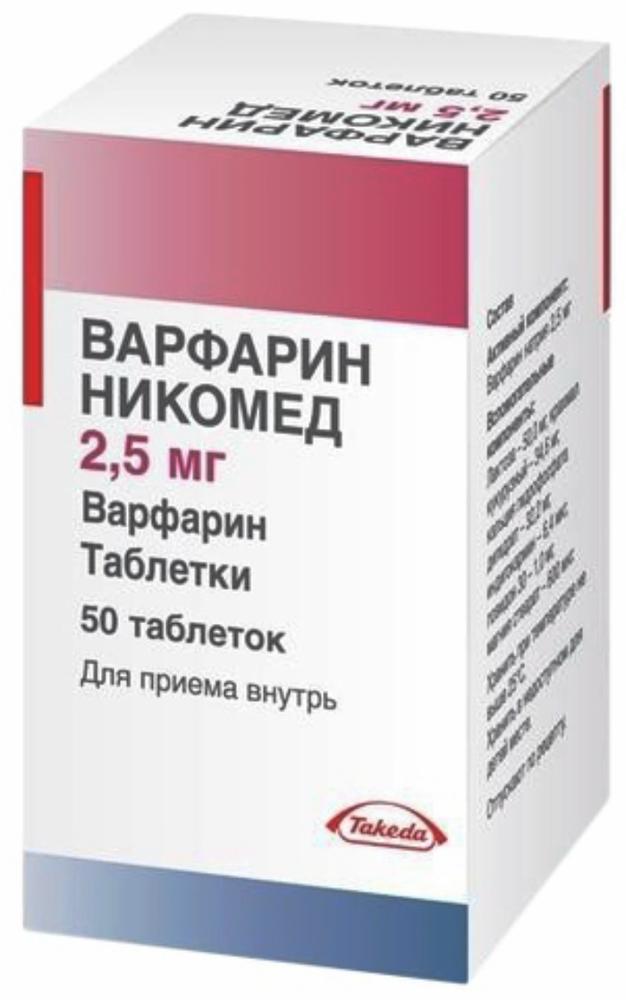
Nycomed Warfarin Valium 2.5 mg fl.plast 50 pc
$2.67
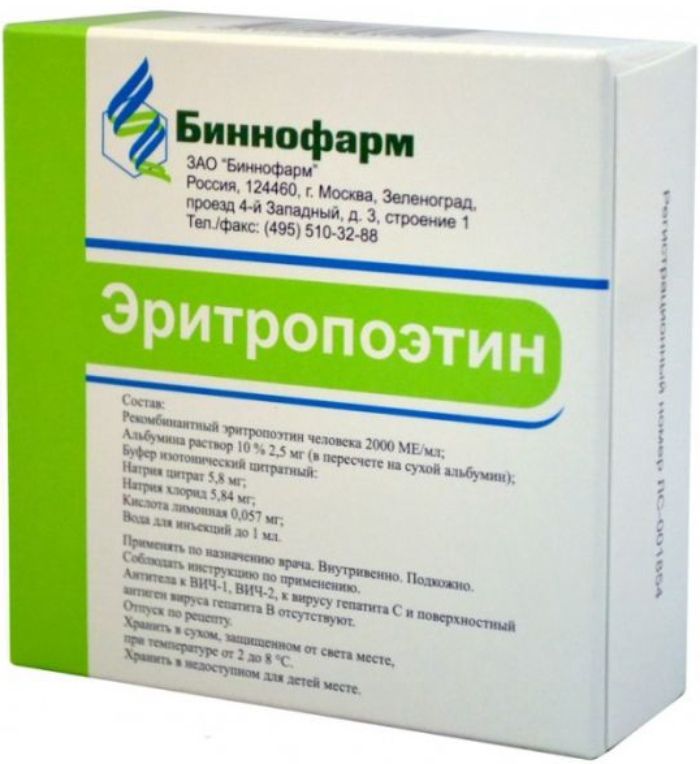
Erythropoietin solution and / I / / n / k 2000me / ml 1ml amp 10 pcs
$195.41
$14.98
Klopideks tab n / 75mg film about 30 pc
Description
Composition
Active substance:
1 tablet contains: clopidogrel (in the form of clopidogrel hydrogen sulfate Form-I) – 75,00 mg ;.
Excipients:
Giproloza – 6.125 mg Mannitol – 120.175 mg microcrystalline cellulose – 17.150 mg macrogol 6000 – 2,450 mg, hydrogenated castor oil – 1,225 mg; shell tablet: Opadry Pink (lactose monohydrate – 2,800 mg, hypromellose (15 CPS) – 1,921 mg, titanium dioxide (E171) -1.656 mg, triacetin, – 0.560 mg iron oxide red (E172) – 0.063 mg) – 7,000 mg.
Description:
Round, biconvex tablets, film-coated light pink color.
Product form:
Tablets, film-coated 75mg
15 tablets in PVC / PVDC // Al blister. 2 blister together with instructions for use placed in a cardboard box.
Contraindications
hypersensitivity; lactose intolerance, lactase deficiency and syndrome of glucose-galactose malabsorption; severe hepatic failure; severe bleeding (including peptic ulcer or intracranial hemorrhage); pregnancy and lactation; Children up to age 18 years.
Carefully
Moderate hepatic impairment, chronic renal failure (CRF), pathological conditions that increase the risk of bleeding (including trauma, surgery), bleeding tendency, simultaneous ACK, warfarin, nonsteroidal anti-inflammatory drugs (NSAIDs) (including selective inhibitors COX-2), heparin, inhibitors of glycoprotein IIb / IIIa, hereditary reduction CYP2C19 function.
Dosage
75 mg
Indications
Prevention of atherothrombotic events in patients with myocardial infarction, ischemic stroke or diagnosed with occlusive peripheral arterial disease.
Preventing atherothrombotic events (in combination with acetylsalicylic acid (ASA)) in patients with acute coronary syndromes without ST elevation ST (unstable angina or myocardial infarction without tooth Q), including patients who underwent stenting for percutaneous coronary intervention; segment elevation ST (acute myocardial infarction) with drug treatment and the possibility of thrombolytic therapy.
Prevention of atherothrombotic and thromboembolic complications, including stroke, in atrial fibrillation (atrial fibrillation). In patients with atrial fibrillation (atrial fibrillation), which have at least one risk factor for vascular events can not take oral anticoagulants and have a low risk of bleeding (in combination with acetylsalicylic acid).
Interaction with other drugs
Avoid concurrent use of clopidogrel and warfarin due to the increased risk of bleeding.
Inhibitors Purpose glycoprotein Ilb / IIIa together with clopidogrel increase the risk of bleeding, so it is advisable to be careful with their simultaneous use.
ASA does not alter the inhibitory effect of clopidogrel on ADP-induced platelet aggregation, clopidogrel, but enhances the effect of ASA on collagen-induced platelet aggregation. The combined use of these drugs requires caution. However, in patients with acute coronary syndromes without ST segment lift, long recommended combined use of clopidogrel and ASA (up to 1 year).
While the use of NSAIDs may increase the risk of bleeding, so be careful when they are applied simultaneously.
Simultaneous treatment with CYP2C19 inhibitors (e.g., omeprazole) is not recommended.
Klopidorgela active metabolite inhibits isozyme CYP2C9, whereby the concentration can be increased phenytoin, tolbutamide and NSAIDs in the blood plasma.
Numerous clinical studies have not shown significant clinical interaction with concomitant administration of clopidogrel and drugs such as atenolol, ACE inhibitors, which reduce cholesterol, nifedipine, digoxin, phenobarbital, cimetidine, estrogens, theophylline.
Antacids do not affect the absorption of clopidogrel.
Overdose
Symptoms: prolonged bleeding time and subsequent complications in the form of bleeding.
Treatment: stop the bleeding, transfusion of platelets.
pharmachologic effect
Pharmacological group:
Antiplatelet agent.
Pharmacodynamics:
Clopidogrel is a prodrug and an active metabolite which is an inhibitor of platelet aggregation. The active metabolite of clopidogrel selectively inhibits the binding of adenosine diphosphate (ADP) to its receptor on platelets and subsequent ADP-mediated activation of GPIIb / IIIa complex, resulting in suppression of platelet aggregation.
Due to the irreversible binding of platelets remain impervious to ADP stimulation throughout the remainder of their useful life (approximately 7-10 days), and the restoration of normal functions of platelets occurs at a rate corresponding to the update rate of platelets.
Platelet aggregation induced by agonists other than ADP, it was also inhibited by blocking the activation of enhanced platelet ADP release.
Since the formation of the active metabolite is done by Systems P450 enzymes, some of which may be different or polymorphism can be inhibited by other drugs, not all patients may adequate platelet inhibition. Clopidogrel is capable of preventing the development of atherothrombosis in any localization of atherosclerotic vascular lesions. In particular when the lesions of cerebral, coronary or peripheral arteries. With daily administration of clopidogrel at a dose of 75 mg from day reception marked significant inhibition of ADP-induced platelet aggregation is gradually increased within 3-7 days, and then goes to a constant level (when reaching equilibrium). At equilibrium, platelet aggregation is suppressed by an average of 40-60%. After cessation of clopidogrel platelet aggregation, and bleeding time gradually returned to baseline levels, usually within 5 days.
Pharmacokinetics:
Suction
After oral administration at a dose of 75 mg per day is rapidly absorbed, it has a high absorption and bioavailability. However, the concentration of the starting material in the plasma is low, and after 2 h after administration does not reach the measurement limit (0.025 mg / l).
According renal secretion of metabolites of clopidogrel absorption is about 50%.
Distribution In vitro clopidogrel and its main circulating metabolite in the blood inactive reversibly bind to plasma proteins, 98% and 94%, respectively.
Metabolism
Clopidogrel is extensively metabolised by the liver, and the major metabolite – inactive derivative of a carboxylic acid is about 85% of the circulating substance in blood plasma. The time to reach maximum concentration (TSmah) of this metabolite (Cmax – about 3 mg / l after repeated ingestion of a dose of 75 mg) is achieved 1 hour after ingestion.
Active metabolite – thiol derivative of clopidogrel – is formed by oxidation of clopidogrel to 2-oxo-clopidogrel and subsequent hydrolysis. In vitro, this pathway is done by P450 isoenzymes, CYP2C19, CYP1A2, and CYP2B6. The active thiol metabolite of clopidogrel, isolated in vitro, binds rapidly and irreversibly to platelet receptors, inhibiting platelet aggregation.
breeding
Approximately 50% of the drug is excreted by the kidneys and intestines about 46% for 120 hours after ingestion. After a single oral dose of 75 mg of the half-life (T1 / 2) of clopidogrel is about 6 hours. The half-life of circulating primary inactive metabolite after single and repeated administration is 8 hours.
The concentration of the main circulating metabolite in plasma after administration of 75 mg per day in patients with severe renal failure (creatinine clearance (CC) from 5 to 15 ml / min) is lower compared to patients with chronic renal moderate severity insufficiency (CC from 30 to 60 ml / min) and healthy volunteers. Although inhibition of ADP-induced platelet aggregation in patients with renal failure was also lower than in healthy volunteers, prolongation of bleeding time was the same as in healthy volunteers who received 75 mg of clopidogrel per day. In addition, clinical tolerance was good in all patients.
In patients with liver cirrhosis clopidogrel in a daily dose of 75 mg for 10 days I was safe and well tolerated. Cmax clopidogrel with single and repeated administration in patients with cirrhosis of the liver was significantly higher than in healthy volunteers. However, plasma concentrations of the major circulating metabolite, and ADP-induced platelet aggregation and bleeding time were comparable in both groups.
Pregnancy and breast-feeding
Pregnancy
Since clinical data on the use of medication during pregnancy are not available, it is not recommended the use of clopidogrel in pregnant women. The drug can be used during pregnancy only if the benefit to the mother outweighs the potential risk to the fetus.
animal tests do not indicate direct or indirect adverse effects on pregnancy, fetal development, parturition and postnatal development.
Breast-feeding
If necessary, clopidogrel should stop breastfeeding because tests on rats have shown that clopidogrel and / or its metabolites are excreted into breast milk. Data on the penetration of clopidogrel in human breast milk is not known.
Conditions of supply of pharmacies
On prescription.
side effects
The frequency of side effects is determined according to the following definitions: very often – 1/10 more often – 1/100 over 1.10 and less infrequently – more than 1/1000 and less than 1/100, rare – 1/10000 more and less than 1 / 1000 is very rare – less than 1/10000, including isolated cases.
The most frequently appearing reaction – the bleeding that occurs during the first month of treatment. Registered cases of severe bleeding in patients treated simultaneously with clopidogrel or clopidogrel with ASA ASA and heparin.
From the side of hematopoiesis: rarely – thrombocytopenia, leukopenia, eosinophilia; rarely – neytropepiya, including severe; very rarely -tromboticheskaya thrombocytopenic purpura, anemia, including aplastic, pancytopenia, agranulocytosis, severe thrombocytopenia, granulocytopenia.
From the nervous system: rarely – headache, dizziness, paresthesia, intracranial hemorrhage, including fatalities; -sputannost very rarely, hallucinations, taste disturbance.
From the sensory organs: rarely – a hemorrhage in the conjunctiva, the eye, the retina; rare – vertigo.
With the cardiovascular system: often – hematoma; very rarely – severe bleeding, bleeding from the surgical wound, vasculitis, decreased blood pressure.
The respiratory system: very often – nosebleeds; very rarely – bronchospasm, interstitial pneumonitis, pulmonary hemorrhage, hemoptysis.
From the digestive system: often – diarrhea, abdominal pain, indigestion, bleeding from the gastrointestinal tract; infrequently – gastric ulcer and 12 duodenal ulcer, gastritis, vomiting, nausea, constipation, flatulence; rarely – retroperitoneal bleeding; very rarely – pancreatitis, colitis, including ulcerative or lymphocytic stomatitis, acute liver failure, hepatitis, impaired liver function tests, bleeding from the gastrointestinal tract with a fatal outcome.
For the skin: often – bruising; seldom – a skin rash, pruritus, purpura; very rarely – angioedema, urticaria, erythematous rash, erythema multiforme, Stevens-Johnson syndrome, toxic epidermal necrolysis, eczema, lichen planus.
On the part of the musculoskeletal system: very rarely – hemarthrosis, arthritis, arthralgia, myalgia.
With the genitourinary system: rarely – hematuria; very rarely -glomerulonefrit, hypercreatininemia.
Allergic reactions: very rare – anaphylactic reaction, serum sickness.
Laboratory findings: rare – prolonged bleeding time.
Other: very rarely – fever.
special instructions
The period of treatment is necessary to control hemostatic parameters (activated partial thromboplastin time (APTT), platelet count, platelet function tests); regularly examine the functional activity of the liver.
Clopidogrel should be used with caution in patients at risk of pronounced bleeding associated with trauma, surgical procedures, patients having lesions are prone to bleeding (especially gastrointestinal and intraocular) as well as in patients receiving ACK, nonsteroidal antiinflammatory drugs ( including COX-2) inhibitors, heparin or glycoprotein IIb / Sha. Patients should be carefully monitored to detect any signs of bleeding, including the hidden, especially during the first weeks of the drug and / or after invasive procedures or heart surgery.
The simultaneous use of warfarin and clopidogrel can enhance the intensity of the bleeding, therefore, except for special rare clinical situations (such as the presence of floating thrombus in the left ventricle, stenting for patients with atrial fibrillation), a joint application with warfarin is not recommended.
In the case of surgery if antiplatelet effect is not desired, treatment should be discontinued 7 days prior to surgery.
Patients should be warned that while taking clopidogrel (alone or in combination with ASA) to stop the bleeding may take more time, and that in case they have an unusual (for location or duration) bleeding, they should inform the this doctor. Patients should also inform your doctor about taking medication if they are to surgery (including dental).
Very rarely in patients receiving clopidogrel developed thrombotic thrombocytopenic purpura (TTP), sometimes after short-term use. This condition is characterized by thrombocytopenia and microangiopathic hemolytic anemia in combination with neurological symptoms, renal disease and fever. Thrombotic thrombocytopenic purpura – a potentially life-threatening condition that requires immediate treatment including plasmapheresis.
Due to lack of data, clopidogrel is not recommended for patients with acute ischemic stroke prescription of less than 7 days.
In severe hepatic dysfunction should be aware of the risk of hemorrhagic diathesis, so these patients should be prescribed with care to clopidogrel because of the limited experience with the drug in these patients.
Experience of clopidogrel in patients with impaired renal function is restricted, so these patients clopidogrel should be used with caution. Formulations containing hydrogenated castor oil, can cause diarrhea and dyspepsia.
Preparation Klopideks® contain lactose, so do not use the drug to patients with hereditary intolerance galaktazy, lactase deficiency or malabsorption of glucose and galaktazy.
Effects on ability to drive vehicles and mechanisms:
Clopidogrel has no effect on the ability to drive vehicles and mechanisms.
Storage conditions
At temperatures above 25 ° C.
Keep out of the reach of children.
Dosing and Administration
Inside, regardless of the meal.
For the prevention of atherothrombotic events in patients with myocardial infarction, ischemic stroke, or peripheral arterial occlusive disease diagnosed – 75 mg 1 time per day. In patients with myocardial infarction, treatment should begin with the very first days of the 35th day of myocardial infarction and in patients with ischemic stroke – in the period from 7 days to 6 months after ischemic stroke.
To prevent atherothrombotic events in acute coronary syndrome without segment elevation ST (unstable angina, myocardial infarction without tooth Q) – begin with receiving a single loading dose – 300 mg, and then taking 75 mg per day (in combination with ASA in doses of 75- 325 mg a day, the recommended dose – 100 mg per day). The maximum beneficial effect occurs within 3 months. The course of treatment up to 1 year.
To prevent atherothrombotic events in acute coronary syndrome with ST segment elevation (acute myocardial infarction with ST segment elevation) – 75 mg per day with an initial single dose loading dose in combination with ASA and thrombolytics (or without thrombolysis).
Combination therapy is started as early as possible after the onset of symptoms and continued for at least 4 weeks. In patients older than 75 years treated with clopidogrel should start without receiving a loading dose of it.
In patients with a genetically determined reduction function isoenzyme CYP2C19 may decrease the effects of clopidogrel. The optimal dosing regimen in these patients is not established.
Previous use in patients with chronic renal failure or moderate hepatic insufficiency limited.
Information
Appearance may differ from that depicted in the picture. There are contraindications. You need to read the manual or consult with a specialist
Additional information
| Weight | 0.100 kg |
|---|---|
| Manufacturer | Belupo |

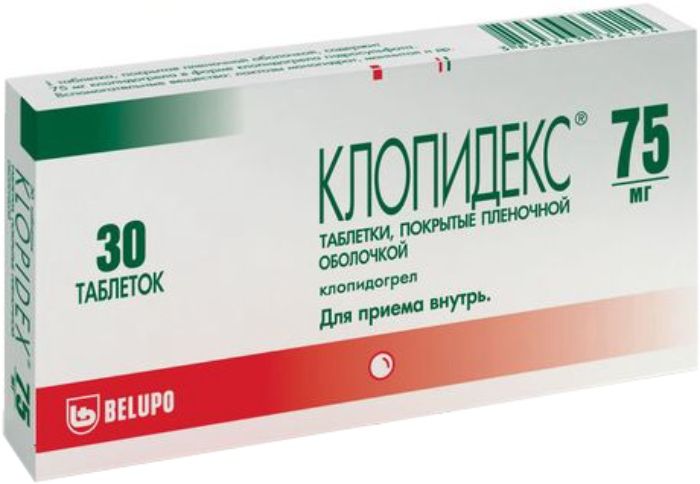
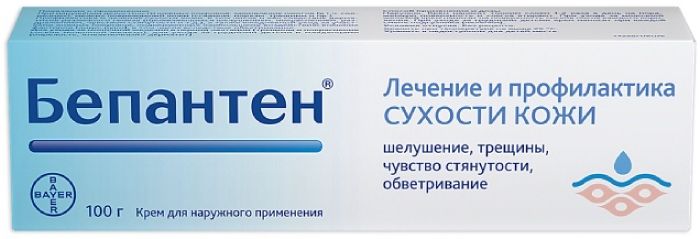
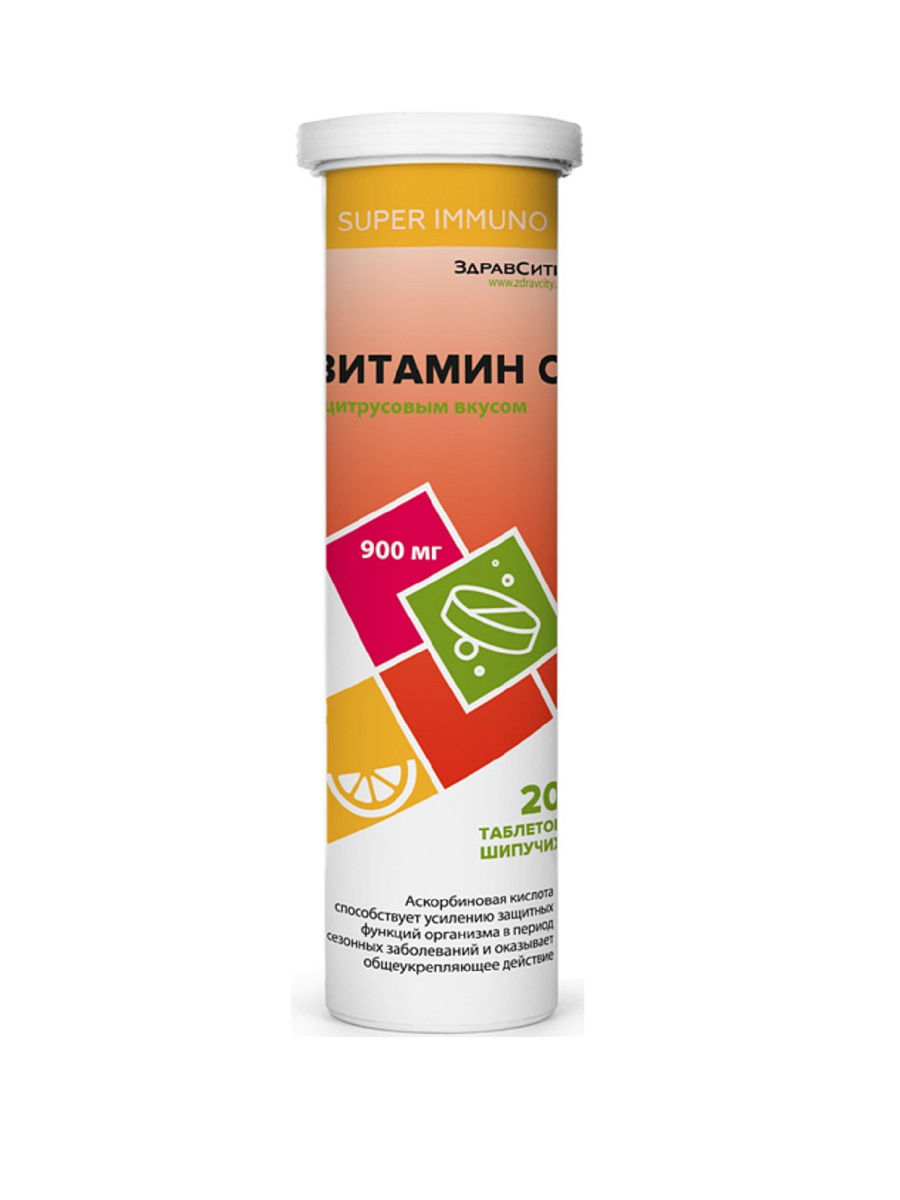

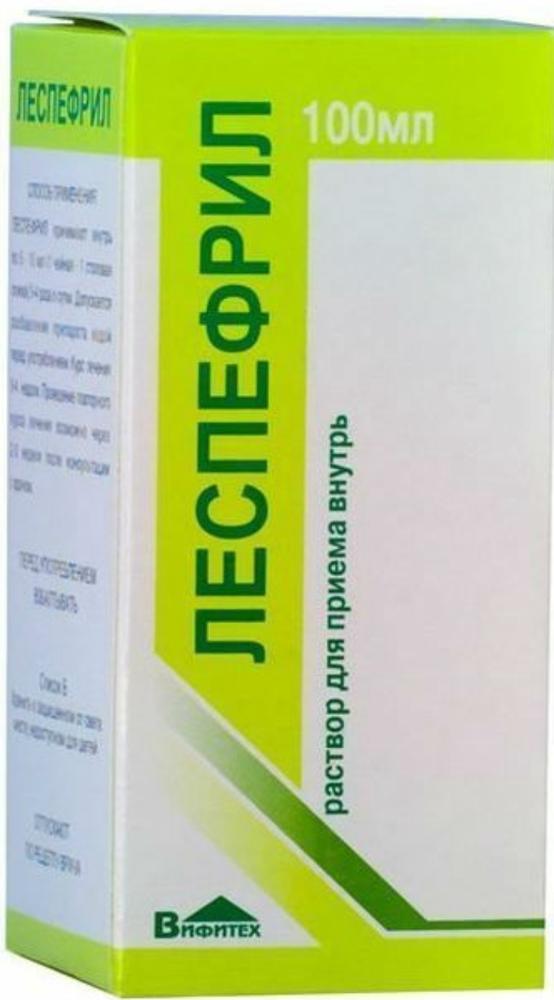

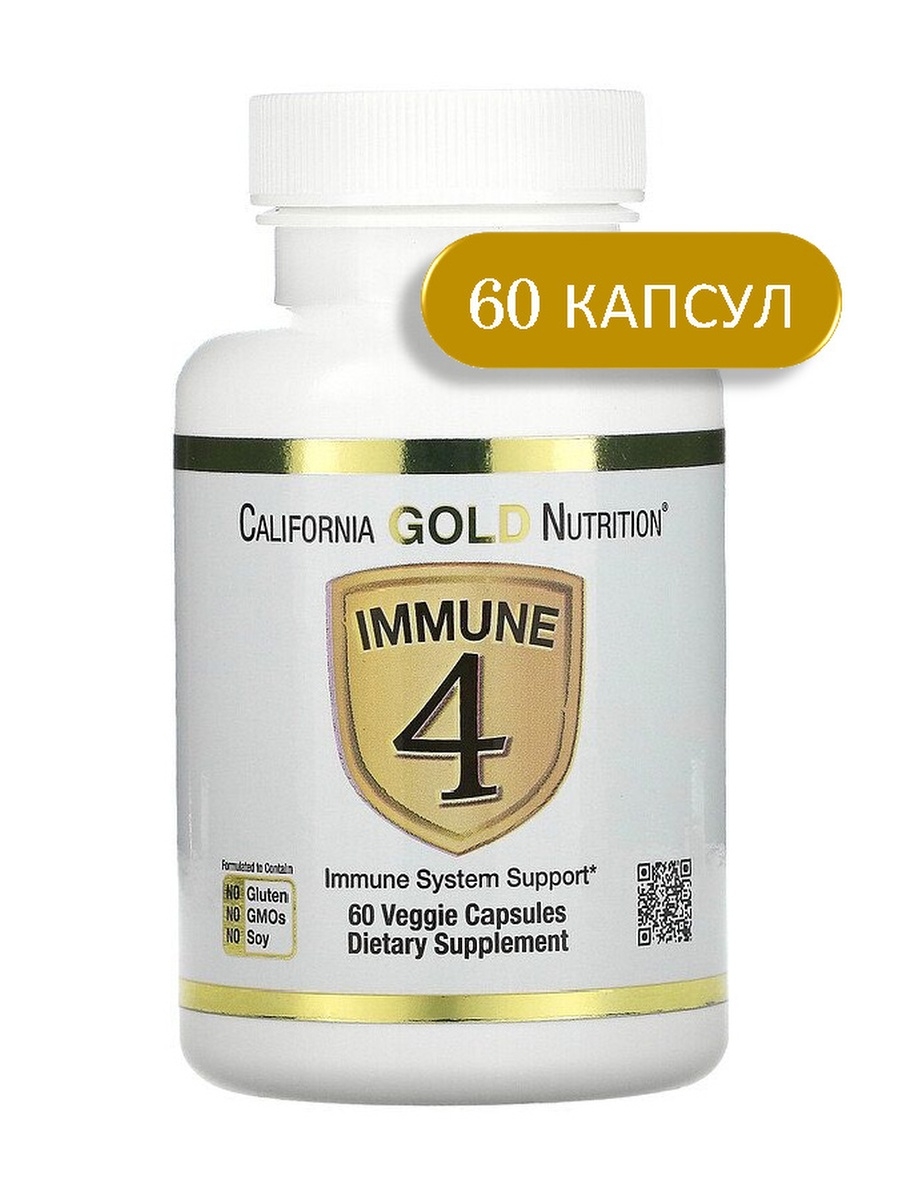




There are no reviews yet.